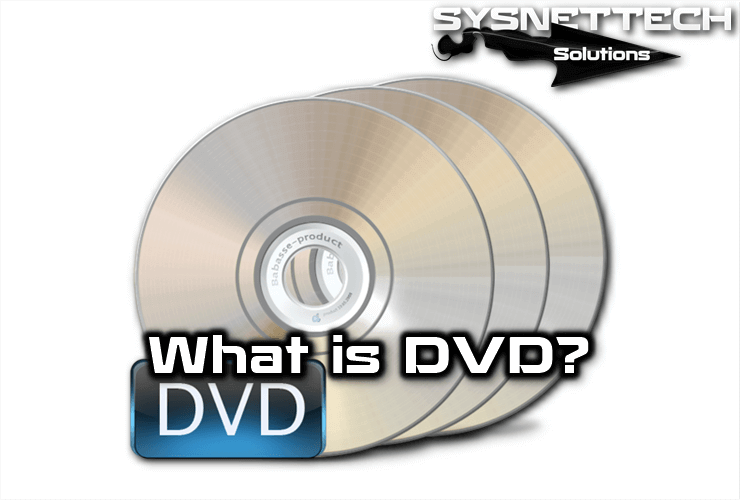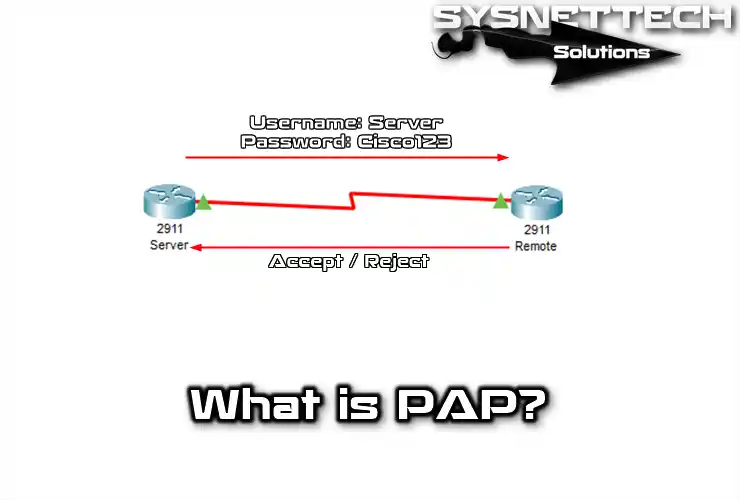The abbreviation for DVD corresponds to “Digital Versatile Disc”, which is the term that covers all different types. It has the same size and appearance as a Compact Disk (CD) but offers more capacity and interactivity.

What is DVD?
Its release has been delayed due to prolonged discussions about DVD standards, but its use has become widespread.
Types
There are five technically different types:
- DVD/5> Single-sided, single-layer (capacity: 4.7 billion (bytes/4.38 Gb).
- DVD/9> Single-sided, two-layer (capacity: 8,540 million bytes/7.95 Gb).
- DVD/10> Two-sided, single layer (capacity: 9.4 billion bytes/8.74 Gb).
- DVD/18> Two-sided, two-layer (capacity: 17,080 million bytes/15.9
DVD-ROM
Read-Only Memory usually refers to all DVDs that contain computer data and whose content cannot be changed. DVDs are used for games, multimedia applications, encyclopedias, and phone books.
DVD-RAM
-RAM has been used as a mixture of PhaseChange (PD) and MO (magneto-optical) technologies to create a media that can be rewritten up to 100,000 times. RAMs cannot be played on common players, and only some drivers can read them. DVD Video cannot be copied to -RAM. -RAM is suitable for regular and daily backup functions. The maximum capacity of a -RAM is currently 4.38 Gb per side and there are single or double-sided media.
DVD-R
It is a write-once DVD, similar to a CD-R with a storage capacity of 4.7 billion bytes (4.38 Gb). It can be read on most existing DVD drives. Due to their high capacity, they are suitable for data backups. However, you can record videos and movies in different formats. To create a Video square, special writing software is required that prepares video data to recognize the player.
There are two different types:
- General (G)
- Authorship (A)
DVD-RW
It is a DVD that can be rewritten up to 1000 times with the same capacity (similar to CD-RW). Older players and drivers may have difficulty reading -RW. However, it is not a problem for modern devices. -RWs have the same properties as -Rs, they can contain video or data recordings.
Some standalone printers can write video data directly to a -RW and behave like Video media when complete.
DVD+RW and DVD+R
+RW is a format that competes with -RW, which has been developed specifically for use in standalone printers. Up to two hours of best-quality video can be recorded at 4.38 GB + RW.
The +RW format is characterized by being easier to use as videos can be edited directly from +RW. While written +RWs can be played directly in a player, -RWs must first be completed depending on the printer. Both media are not compatible with each other for writing purposes. Modern players and drivers can read both genres.
In response to -R, the faster DVD +R has been developed, which has the same features as + RW but can only be burned once. To end the format confusion, some manufacturers offer printers that can write all four formats (-R/RW and DVD+R/+RW).
DVD Video
It is a special DVD optimized for video movies (Digital Video Disc). They can be played on all drives and all players with special playback software. You can store up to 2 hours of high-quality video (compressed in MPEG-2) per face/layer, 8 different soundtracks in Dolby Digital AC-3 or MPEG-2, and up to 32 subtitles.
A powerful compression algorithm called DivX has also been created, which allows you to compress a movie 400 times, providing a flawless digital-quality CD-ROM distribution.
Some manufacturers offer DVDs with multiple subtitles and multiple subtitles. In addition, menus, trailers, and other information about the movie can be added in video or text format.
DVD Audio
It is used for audio files and offers high interactive storage capacity as well as other interactive features such as information about the artist or song. Audio is encoded in higher quality than audio CDs, especially at 44.1, 48, 88.2, 96, 176.4 or 192 kHz read speeds. The maximum data rate is 9.6 Mbit/s.
DVD-Audio provides stereo sound with a read rate of 192 kHz at 24 bits per channel. Audio can be produced as 5.1 Dolby Digital with a maximum of 96 kHz at 24 bits per channel.
These features, which are particularly superior to audio CDs (48 kHz), assume clear sound and quality skipping, especially in jazz and classical music; because even the most sensitive high-pitched sounds are produced with full accuracy.
Audio is always compatible with Video, so it can also contain images and videos. Traditional players can only play video tracks of an Audio.
For the best sound, a special player or an existing player is required. On the computer, you can use the features of Audio only with the help of a special sound card and a normal driver. In either case, you can take advantage of Sound quality with a good 5.1 surround digital speaker system.
Related Articles
♦ ARPANET
♦ What is RAM?
♦ BOOTP
♦ What is a Computer?
♦ What is NTP?



